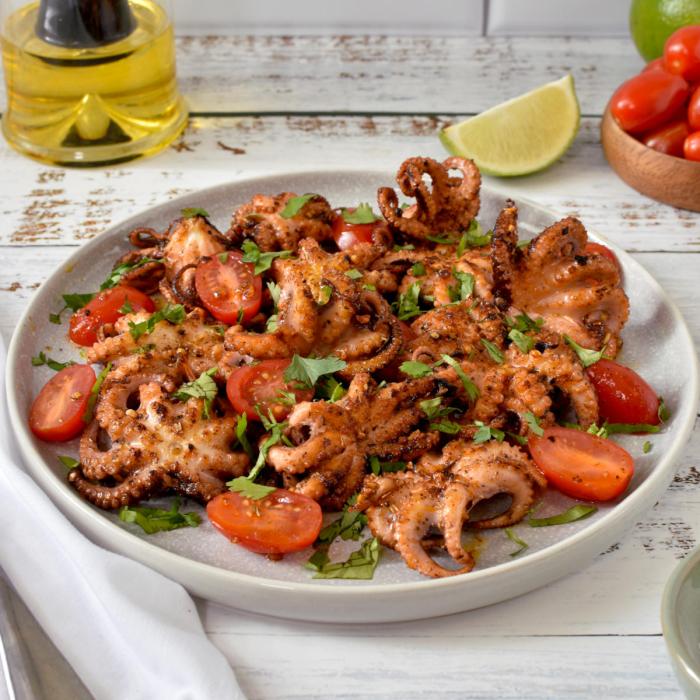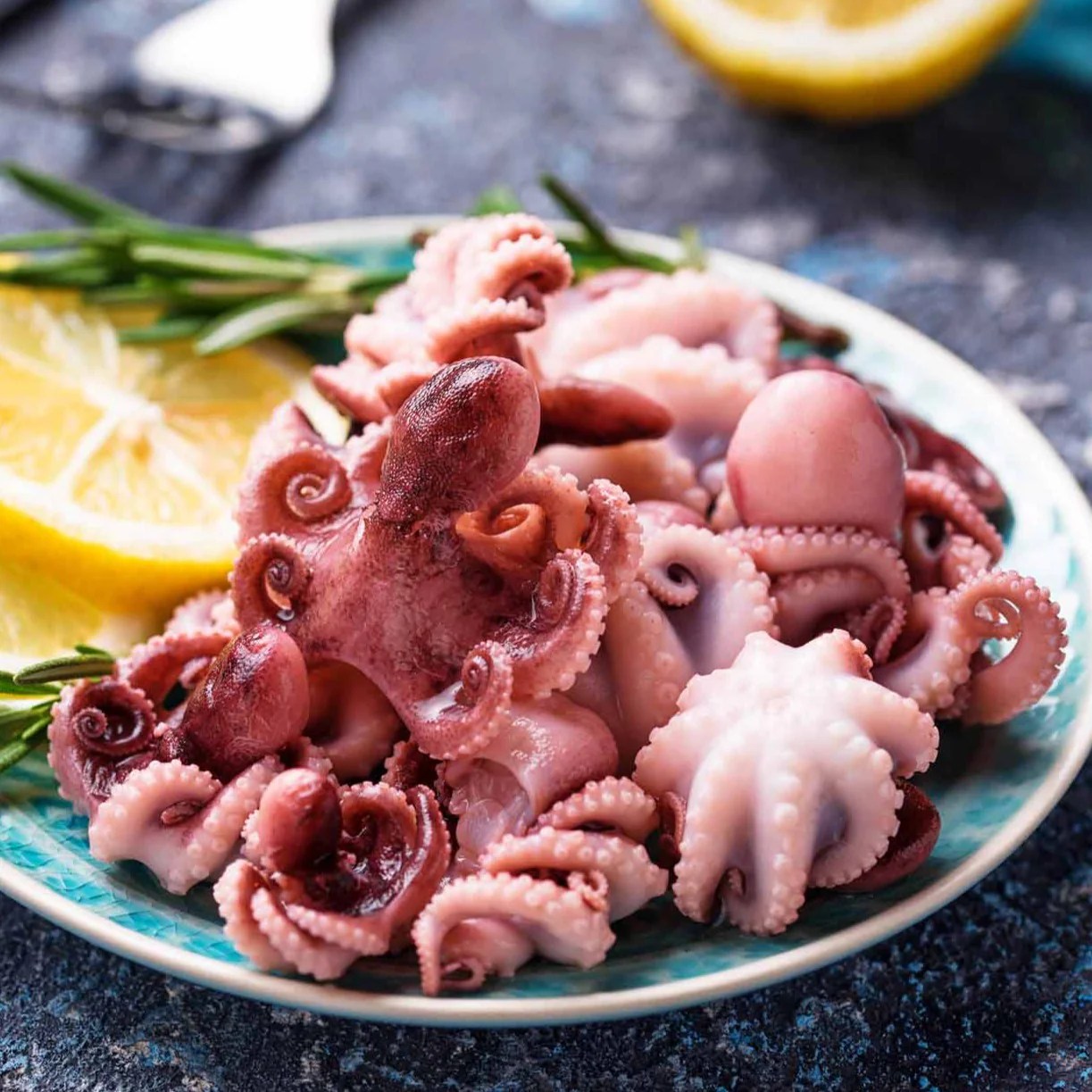How to cook baby octopus japanese style – In the depths of despair, where shadows linger and sorrow reigns,I find solace in the art of cooking, a balm for my weary soul.Amongst the chaos of life, a glimmer of hope shines throughIn the delicate dance of flavors and textures, in the kitchen’s gentle embrace.
Understanding the Basics
When it comes to cooking baby octopus Japanese style, it’s essential to start with the freshest ingredients. The key to a successful dish lies in the quality of the octopus, so make sure to source it from a reputable seafood supplier.
Preparing the Octopus
Before diving into the cooking process, you’ll need to prepare the baby octopus. Start by cleaning them thoroughly, removing any innards and beak. Then, you can either boil or steam the octopus to tenderize it before moving on to the next step.
Creating the Flavorful Broth
The secret to a delicious Japanese-style baby octopus dish lies in the flavorful broth. Use a combination of soy sauce, mirin, sake, and dashi stock to create a rich and umami-packed base for your octopus to simmer in.
If you’re looking for a fun and creative way to spruce up your front door this fall, check out this step-by-step guide on how to make a fall door decoration. This DIY project is perfect for adding a touch of autumn charm to your home. From choosing the right materials to putting it all together, you’ll have a beautiful fall door decoration in no time!
Cooking the Octopus
Once your broth is ready, it’s time to add the prepared baby octopus and let them simmer gently until they are tender and flavorful. Be sure not to overcook them, as they can become rubbery if left on the heat for too long.
Serving and Enjoying

When the baby octopus is cooked to perfection, garnish with some freshly chopped green onions and toasted sesame seeds for an extra burst of flavor. Serve hot over steamed rice or alongside some pickled vegetables for a complete Japanese dining experience.
Tips for Success
– Make sure to clean the octopus thoroughly before cooking to remove any grit or impurities.
-Use high-quality ingredients for the best results, including fresh octopus and authentic Japanese seasonings.
-Keep an eye on the cooking time to prevent the octopus from becoming tough and chewy.
What You Mean by Japanese Style
When we talk about cooking baby octopus Japanese style, we are referring to the traditional methods and flavors used in Japanese cuisine. This includes ingredients like soy sauce, mirin, and dashi stock, as well as cooking techniques that highlight the natural flavors of the octopus.
What is Known About Baby Octopus
Baby octopus is a tender and flavorful seafood delicacy that is popular in many cuisines around the world. In Japanese cuisine, it is often used in dishes like takoyaki, a popular street food snack, or simmered in a savory broth for a comforting and delicious meal.
Solution to Cooking Baby Octopus
By following the steps Artikeld in this article, you can create a delicious and authentic Japanese-style dish using baby octopus. With a few key ingredients and some simple cooking techniques, you can bring the flavors of Japan into your own kitchen and impress your friends and family with a memorable meal.
If you’re looking to add a festive touch to your home this fall, why not try your hand at making a fall door decoration? Check out this how to make a fall door decoration tutorial for step-by-step instructions on creating a beautiful and welcoming entrance for the season. From wreaths to garlands, there are plenty of options to choose from to showcase your creativity and impress your guests.
Detail Information on Cooking Baby Octopus

Cooking baby octopus may seem daunting at first, but with the right guidance and a bit of practice, you can master this flavorful dish. From cleaning and preparing the octopus to creating a rich and aromatic broth, each step plays a crucial role in bringing out the best in this seafood delicacy.
Describing in Depth the Cooking Process
When cooking baby octopus Japanese style, it’s important to pay attention to the details. From the initial cleaning and preparation to the final garnishes and presentation, each step contributes to the overall success of the dish. By taking your time and following the recipe closely, you can create a meal that is both delicious and visually appealing.
Conclusion
In the quiet moments of the kitchen, where flavors meld and aromas linger,
I find a sense of peace and purpose in the act of cooking.
With each dish I create, a story unfolds, a journey begins,
And in the simple pleasure of a well-cooked meal, I find comfort and joy.
FAQs: How To Cook Baby Octopus Japanese Style
1. Can I use frozen baby octopus for this recipe?
Yes, you can use frozen baby octopus, but make sure to thaw them thoroughly before cooking to ensure even cooking.
2. Can I substitute any of the ingredients in the broth?
While traditional Japanese seasonings are recommended for authenticity, feel free to experiment with different flavors to suit your taste preferences.
3. How long does it take to cook baby octopus?
Cooking time can vary depending on the size and tenderness of the octopus, but generally, it takes around 30-45 minutes to simmer until tender.
4. Can I store leftovers of the cooked baby octopus?
Yes, you can store leftovers in an airtight container in the refrigerator for up to 2-3 days. Simply reheat before serving.
5. Are there any alternative serving suggestions for the baby octopus?
You can enjoy the cooked baby octopus in a variety of ways, such as in a salad, stir-fry, or even as a topping for noodles or pasta.
